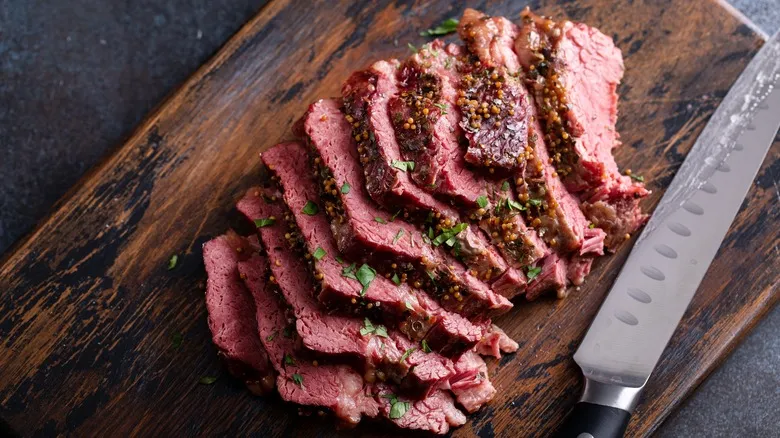What is Champagne?

What sets champagne apart (and contributes to its high cost) is its intricate production method, referred to as the "méthode champenoise." This careful technique involves a secondary fermentation within the bottle, which is responsible for the drink's characteristic fine bubbles (If you want your Champagne to remain effervescent after opening, consider this tip). Only grapes cultivated in the Champagne region—primarily Chardonnay, Pinot Noir, and Meunier—can be transformed into Champagne. The region's unique terrain also plays a role in creating this exceptional wine, as the rocky, chalky soil enriches the vines with essential minerals.
During the fermentation process, a small amount of sugar is added to the Champagne. The level of sugar determines its position on the sweetness scale, ranging from "Brut nature" (no added sugar) to "Doux" (over 50 grams of sugar per liter). Following this, Champagne must be aged for a minimum of 15 months, or longer if the grapes are from a single vintage. The flavor of Champagne can vary based on the sugar content and the blend of grapes used, but it generally features a bright, fruity profile with subtle notes of bread or nuts.
What is spumante wine?

Spumante is Italy's answer to the prestigious French sparkling wine. The term "spumante" means "foaming" in Italian and can refer to wines produced from any grape variety or region in Italy, encompassing everything from sparkling red to sparkling rosé. One of the most well-known types of spumante is Asti Spumante, a sweeter wine primarily crafted from the Moscato grape. While the term spumante is sometimes used interchangeably with prosecco, this is not entirely accurate. Prosecco is a specific type of sparkling wine, which falls under the broader "spumante" category, but not all spumante is prosecco.
Spumante can be produced using the traditional Champagne method, but it is more commonly made using the Charmat method, also referred to as the tank method. This approach involves two fermentation processes similar to the méthode champenoise, but the second fermentation occurs in a large tank rather than in individual bottles. The Charmat method reduces production costs since it allows for mass production, yet it still yields delightful, fresh-tasting wines in various styles of spumante.
Sparkling similarities

As spumante is a type of sparkling wine and Champagne is a specific variety within that category, they do have some common characteristics. Both are produced through a double fermentation process and exhibit a bubbly texture with a refreshing flavor that can vary from dry to sweet. Similar to how Champagne is categorized into types such as Brut, Extra Brut, and Demi-Sec based on sugar levels, spumante also spans from drier options like Spumante Brut to sweeter selections like Asti.
Typically enjoyed during special events, both Champagne and spumante are also frequently served at brunch, as an aperitif, or alongside desserts. Regardless of the occasion, these wines are best enjoyed chilled to enhance their effervescent quality. Spumante wines, including prosecco and Champagne, complement a variety of foods such as fruits, cheeses, seafood, and pastries. Lastly, while Champagne and spumante are often served in flute glasses, there is actually a more suitable type of glassware for these sparkling wines.
More differences between Champagne and spumante

Thanks to the Charmat method, a variety of spumante is available at a more budget-friendly price compared to Champagne. This affordability makes spumante a popular choice for casual gatherings, while Champagne's exclusivity is better suited for more formal events.
In terms of flavor, Champagne typically presents greater complexity, with tastes that evolve through extended aging and meticulous blending of grape varieties. It often exhibits a yeasty, toasty profile resulting from prolonged contact with yeast during the aging process. In contrast, spumante usually showcases more vibrant fruity and floral characteristics, particularly in sweeter styles like Asti Spumante. While both wines can fulfill similar roles, the richness and sophistication of Champagne often shine brighter at upscale or formal occasions.
Ultimately, although both spumante and Champagne provide bubbly enjoyment, they cater to different events, preferences, and price ranges. If you're seeking a classic, prestigious beverage, Champagne is the traditional choice; however, for something light, sweet, and readily available, spumante is a fantastic alternative.
Recommended

IPA Vs Pale Ale: What's The Difference Between These Beers?

What Does Malted Barley Have To Do With Beer?

What Wine Should You Use When Making Sangria?

Beer Should Be A Main Ingredient When Making Corned Beef
Next up

